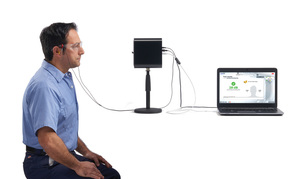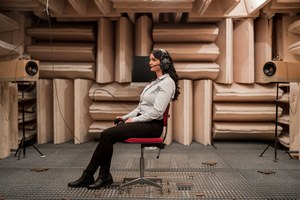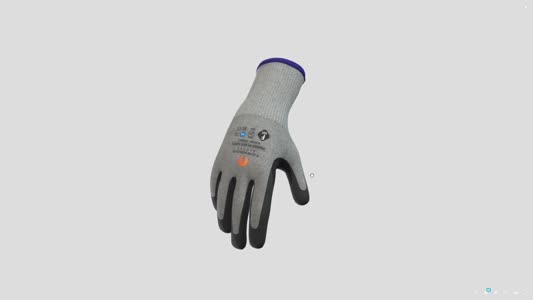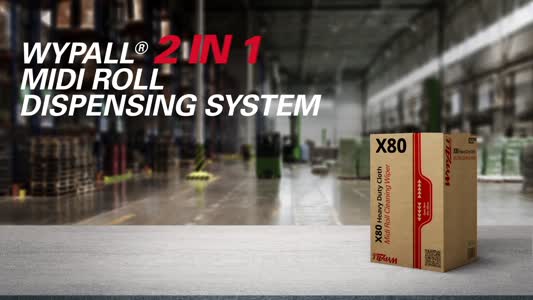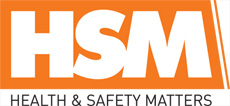
 |
Mark Sennett
Managing Editor |
 |
Kelly Rose
Editor |
| Home> | PPE | >Ear Protection | >Sound advice |
Sound advice
23 September 2025
With recent changes in the world of hearing protection, Paul Spooner explains how the revised EN 352 impacts hearing protection purchases.

WHILE IT is a requirement for Hearing Personal Protective Equipment (PPE) to be CE approved against the PPE Regulation 2016/425 (EU), the EN 352 standard which hearing protectors are tested against has recently gone through a revision. The transition period for the adoption of the new standard ended on the 21 July 2024.
Why has EN 352 been changed?
All European published standards are subject to a five year periodic review. They are either reconfirmed for another five years or revised based on test laboratory and field experience to ensure they are still relevant and reflective of the current market offerings and/or emerging technologies, usage etc.
The latest revised standards within EN 352 can be recognised by the new publication date e.g. EN 352:2020.
For revised standards, there is a period of adoption during which products meeting the prior standards can continue to remain in the supply chain. In the case of the new EN 352 family of standards the adoption period would have ended on 21 January 2023. However, the CEN/TC159 Technical Committee successfully appealed for 18 months extension period to allow sufficient time for all stakeholders to adopt the new standards. Taking the new extended period into consideration, new products launched on the market after 21st July 2024 will need to fully comply with the revised 2020 version of the standard. The previous version of the standard remains acceptable so long as the CE certificate does not expire before 21 July 2024.
Do I have to do anything regarding the EN 352 update?
The action is primarily on the manufacturer, as all products will need to be tested, certified and marked against the updated standards. There is no mandatory action for the end customer or the person who buys the product.
It is, however, recommended that the purchaser should check that any product produced after 20th January 2023 shows the correct year of publication of the standard e.g. conformity to EN 352:2020 for headband earmuffs. The referenced standard/s can be found on the Declaration of Conformity (DOC) or in the user instructions.
You should also check the product to ensure you are aware of any performance claim changes, potentially resulting from these updates
What are the changes?
There are multiple changes to the standard, here we will focus on the updates made to EN 352-3:2020 Hearing protectors - General requirements - Part 3: Earmuffs attached to head protection and/or face protection devices. Within Part 3 there are three primary changes:
1. The scope of the standard has been extended. The new revised standard can now be used for testing and certifying earmuffs that can be attached to industrial safety helmets, helmets for mountaineers, rigid head tops of Power and Supplied Air (P+SA) respirator systems and face protection (visors). The prior standard was only applicable for testing and certifying earmuffs attached to industrial safety helmets.
2. The conformity assessment has been updated so now the combination system must meet minimum attenuation criteria of 12, 11 and 9 for High (H), Medium (M), and Low (L) frequency noise respectively.
3. The sizing and adjustability requirement has been modified to allow for more combinations that help meet all three head size requirements (S, M, L).
How does the wearer benefit from these changes?
1. They will be better protected as the revised standard now covers a wider range of carriers.
2. There is an increased possibility for combinations of earmuffs and helmets meeting all different head size requirements (S, M, L), meaning the combined system fits a wider range of head sizes and more people/head types and could mean more options to pick from.
Can I use any earmuffs with my choice of carriers from other manufacturers?
Yes, you can use earmuffs with carriers from different manufacturers, but you should ensure the combined system is certified against PPE Regulation 2016/425 (EU), typically tested under EN 352-3. Using earmuffs and helmets from the same manufacturer may offer better comfort and reduce interaction issues. Regardless of the choice, certification of the combined system is crucial. Manufacturers offer earmuffs compatible with multiple carriers, addressing customer needs.
It may also be beneficial to consider personal fit testing of hearing protectors, as actual noise reduction may differ from labelled values due to potential interference with other PPE, like eyewear affecting earmuff performance. In addition, research suggests that users may receive less noise reduction than indicated by the attenuation value(s) on the packaging, due to variation in fit, fitting skill, and motivation of the user. Refer to your applicable regulations for guidance on how to adjust label values and estimate attenuation. In addition, 3M strongly recommends fit testing of hearing protectors. Fit testing can also act as a great training tool to demonstrate fitting ear protectors correctly.
What are the risks of using products that aren't certified as a combination system?
If you use earmuffs with a non-approved carrier, the specific conditions under which the product is certified are not met and consequently, the manufacturer's claims regarding hearing protection, as supported by the certificate, are not valid. This means your head and hearing PPE system might not provide the expected protection, potentially leading to noise-induced hearing loss.
Manufacturers are legally required to include this information with each product and publish their Declaration of Conformity online. Therefore, if this information is missing and the products haven't been tested together, they shouldn't be used as a combination—fit alone doesn't guarantee protection.
How can purchasers ensure their products meet the new standard and are approved?
The significance of certified and regulated PPE is paramount, making product verification essential. Products manufactured before the implementation date with valid certification remain valid and can be used until their expiration, which is indicated on the shipper or box label. However, products manufactured after the implementation date must comply with the new standard, and this compliance should be clearly marked on the packaging or, depending on the size, directly on the hearing protection product itself.
Should I reassess my current protection due to these updates?
Regularly inspect the packaging and products before use to ensure they align with your expectations and are appropriate for their intended use. Confirm that they have been tested according to the new standard, as retesting may have altered some performance values and ultimately the SNR. If these values fall within the acceptable range of variability (+/- 2dB for earmuffs and +/- 3dB for earplugs), you can continue using them without conducting additional risk assessments.
Where can I find out more information about the updated standards?
PPE requirements can be complex. Add an ever-changing landscape and the is a lot of room for confusion. The Health and Safety Executive (HSE) website has further information about hearing protection including advice for workers and employers, good practises and case studies. For more information visit the HSE website: Noise at work
In summary
In conclusion, when selecting hearing protection solutions, it's important to recognise the variety of styles available, including those designed to be mounted onto head and/or face protection. These mounted earmuffs require a compatible carrier and should only be used with approved carriers to ensure safety and compliance. The EN 352:2020 standard specifies the necessary tests and approvals to determine the performance of these combinations. The performance rating of earmuffs is valid only for the carriers with which they have been tested and certified, as documented in the compliant packaging and user information.
It is crucial for wearers to verify that their chosen combination has been fully tested and certified. If you plan to use earmuffs with a specific safety helmet or any other carrier defined within EN 352-3, ensure they have undergone appropriate testing and certification. Always consult the user instructions for the earmuffs, and remember; just because it fits, it does not mean it is approved and your hearing is protected.
Paul Spooner is a hearing protection application engineer at 3M. For more information, visit www.3m.co.uk/3M/en_GB/hearing-protection-uk
